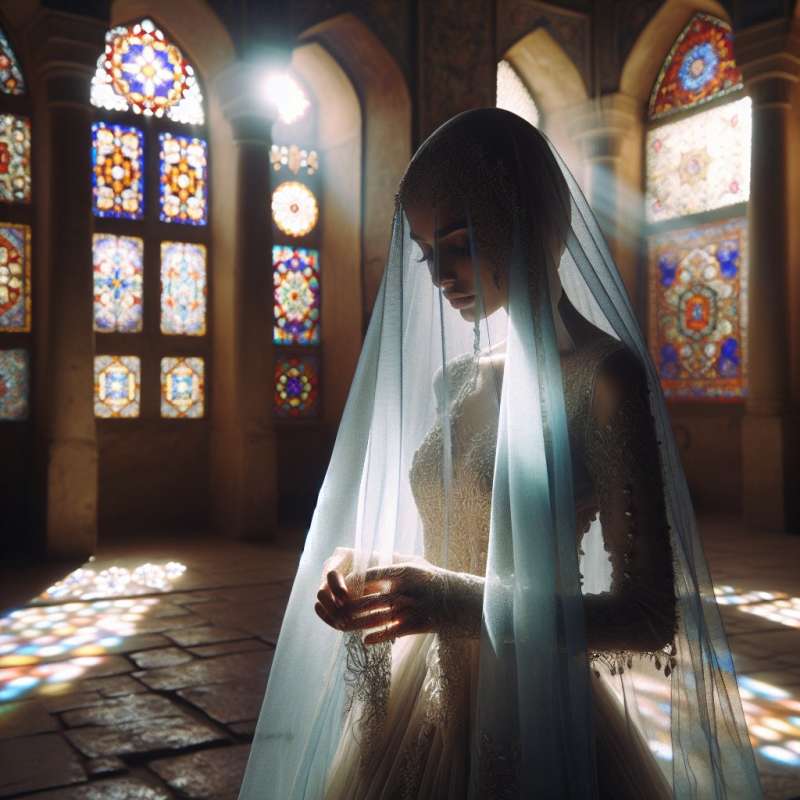
Ancient Veil Origins
The wedding veil dates back to ancient Rome, where brides wore a flame-colored veil called 'flammeum' to ward off evil spirits and signify purity and chastity during the ceremony.
Medieval Veil Symbolism
In medieval times, the veil became a status symbol; its length and quality reflecting the bride's standing. Blue veils symbolized modesty, mimicking the Virgin Mary's attire, connecting religious purity to marital fidelity.
Renaissance Veil Elegance
During the Renaissance, bridal headdresses became more elaborate, featuring luxurious materials like silks and satins. Veils were often embroidered with pearls and jewels, signifying wealth and social rank.
19th Century Veil Revival
Queen Victoria revived the white wedding dress and veil in 1840, symbolizing innocence and virtue. Her influence made the white veil a bridal staple, a tradition that continues to dominate Western weddings.
Veils in Contemporary Weddings
Today, veils come in diverse styles, lengths, and fabrics, reflecting personal tastes and cultural influences. While no longer solely symbols of purity, they remain iconic bridal accessories with enduring sentimental value.
Cultural Variations Worldwide
Globally, veils vary greatly; from the Spanish mantilla lace veils to the red veils in traditional Chinese weddings. Each culture imbibes its own meaning and tradition into the practice, enriching the tapestry of wedding customs.
Unveiling Future Trends
As traditions evolve, some modern brides opt for veil alternatives like floral crowns or forego veils entirely. The future of veils may witness a blend of historical significance with contemporary fashion sensibilities.Veil as Armor
In some ancient cultures, veils were believed to protect brides from being kidnapped by jealous suitors or evil spirits.
What did the 'flammeum' symbolize in Rome?
Wealth and social rank
Purity and chastity
Marital fidelity
Company